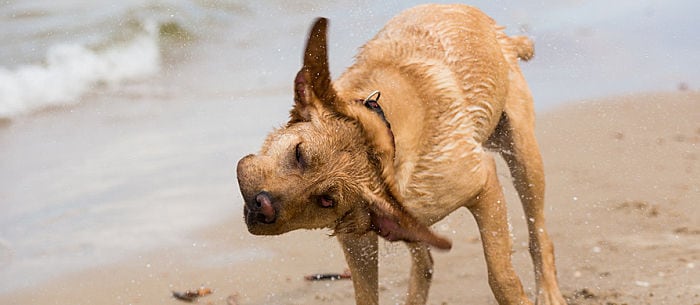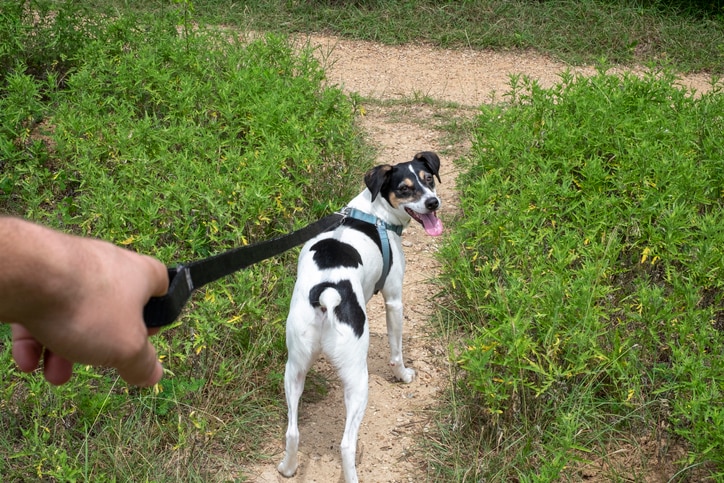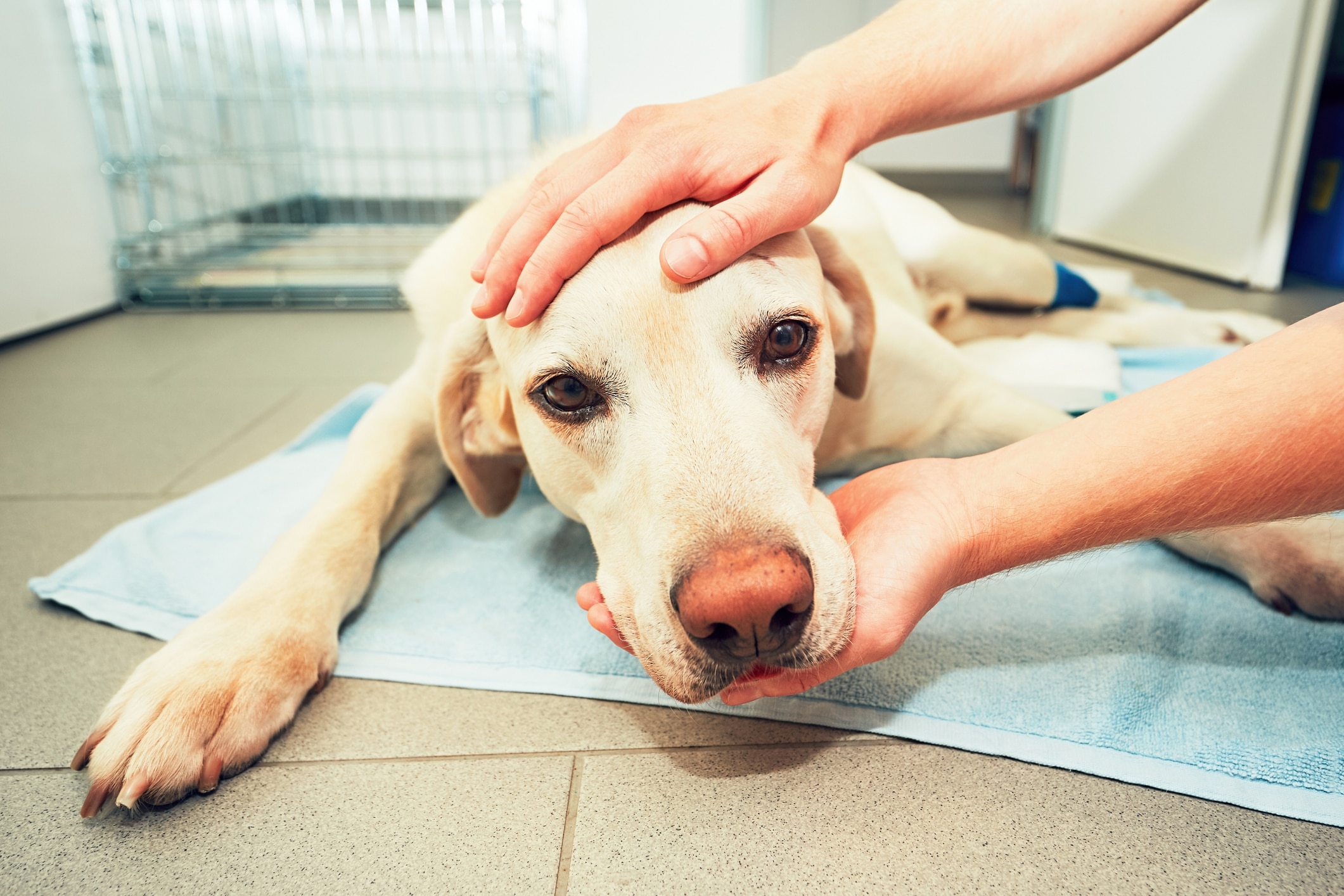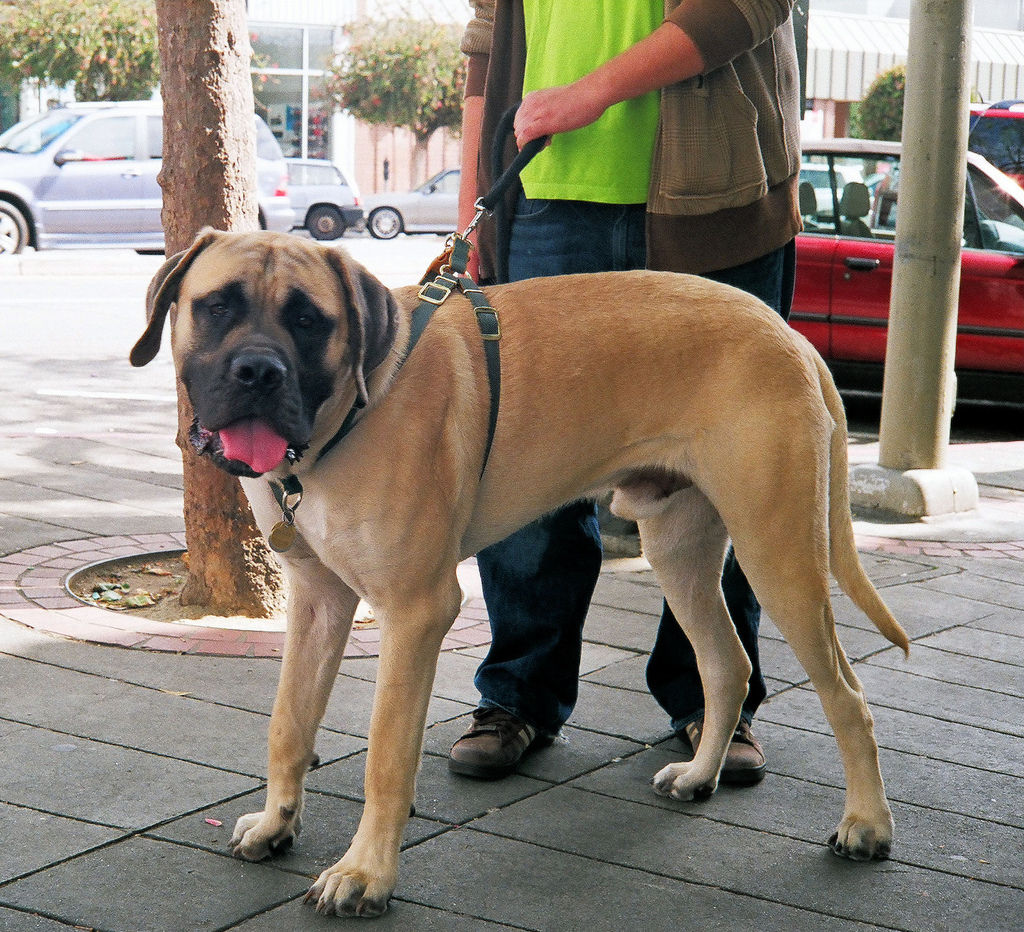Have you been Googling “dog shaking head,” wondering whether your pet is experiencing a medical issue or just doesn’t like your outfit? Your furry friend may be engaging in this funny behavior because he feels some kind of discomfort in his ear area. “Shaking the head is usually a behavior to get rid of something in the ears, like water after swimming,” says Dr. Jeannine Berger, the head of health at Wagfield Academy in San Francisco, California.
It can also be indicative of a more serious problem. Here’s everything you need to know about what causes this behavior and what you should do about it.
What Does the Inside of Your Dog’s Ear Look Like?
Anatomically, your dog’s ear canal is very different from your own. “The human ear canal is a relatively short straight line from the opening to the ear drum,” says Dr. Berger. “In dogs, there is an almost 90-degree angle — so there is a vertical and a horizontal aspect to the ear canal.”
This structure serves a protective purpose, as it allows your dog to easily shake things out of the horizontal part of his ear. However, it can also set up a condition in which debris can get stuck in the vertical part of the canal. This is a particularly common problem for dogs who have hanging ears that cover the opening, such as springer spaniels.
Dog Shaking Head? What Could Be the Cause?
There are many things that can cause your dog to shake his head, including inflammation, hair, or waxy debris. Your dog might also behave this way if foreign bodies, such as grass or foxtails, get stuck in his ear. But one of the most common reasons why dogs engage in this little dance is that they have an ear infection.
“If the ears appear infected, your veterinarian will likely do a cytology of the debris in the ear and then treat appropriately,” says Dr. Stacy Mozisek, an associate veterinarian at Firehouse Animal Health Center in Austin, Texas. Ear infections are painful, but they’re fairly easy to treat — especially when they’re caught early on. However, chronic inflammation can lead to serious problems, perhaps even the need for surgery in some breeds. As such, it’s important to get any ear infections taken care of right away.
If your dog shakes, rubs or scratches his ears frequently, he needs to be examined by a veterinarian to get to the bottom of the problem. “The veterinarian can take his otoscope and look down and visualize the eardrum,” says Dr. Berger. This allows him to have a better understanding of the situation so that your dog can get the type of treatment he needs.
How Should You Clean Out Your Dog’s Ears?
Your vet will start by checking your dog’s ear for foreign objects and making sure that she is not suffering from inflammation or an infection. If your vet can’t find any evidence of these problems, she may recommend that you simply clean out your dog’s ear area to help alleviate any potential itchiness.
You can do this by filling your dog’s ear canal with an ear-cleansing solution. Then, you should massage his ear at the base of the flap to break up any debris. If you’re unsure as to which type of solution would be appropriate, you should reach out to your vet for a recommendation. Dr. Mozisek warns that your dog will likely shake his head during this process.
Once you’re finished massaging, you can then wipe out the excess solution and debris with gauze or cotton balls. But remember to never stick anything into your dog’s ear! In fact, Dr. Mozisek recommends that you avoid using cotton swabs, as they have the potential to damage your pet’s ear drum. After this process is complete, you should reward your pup with a yummy treat. If you’re going to be gone at work and won’t be around to tend to your pup’s ears all day, make sure you hire a dog sitter to take over the task in your absence.
You should clean your dog’s ears as frequently as needed or as recommended by your veterinarian. It’s important for you to get into the habit of performing this cleaning ritual before any problems start. In fact, “it is best to get your dog comfortable with having his ears touched when the ears are healthy,” says Dr. Berger. “Inflamed or infected ears are very painful, and it is difficult to get a dog used to having his ears handled and treated when they hurt.”
Also read How to Care for Dog Ear Mites.
Rebecca Desfosse is a freelance writer who specializes in parenting, family and pet care topics.
* This article is for general informational purposes only. It is not intended nor implied to be providing medical advice and is not a substitute for such advice. The reader should always consult a health care provider concerning any medical condition or treatment plan. Neither Care.com nor the author assumes any responsibility or liability with respect to use of any information contained herein.








